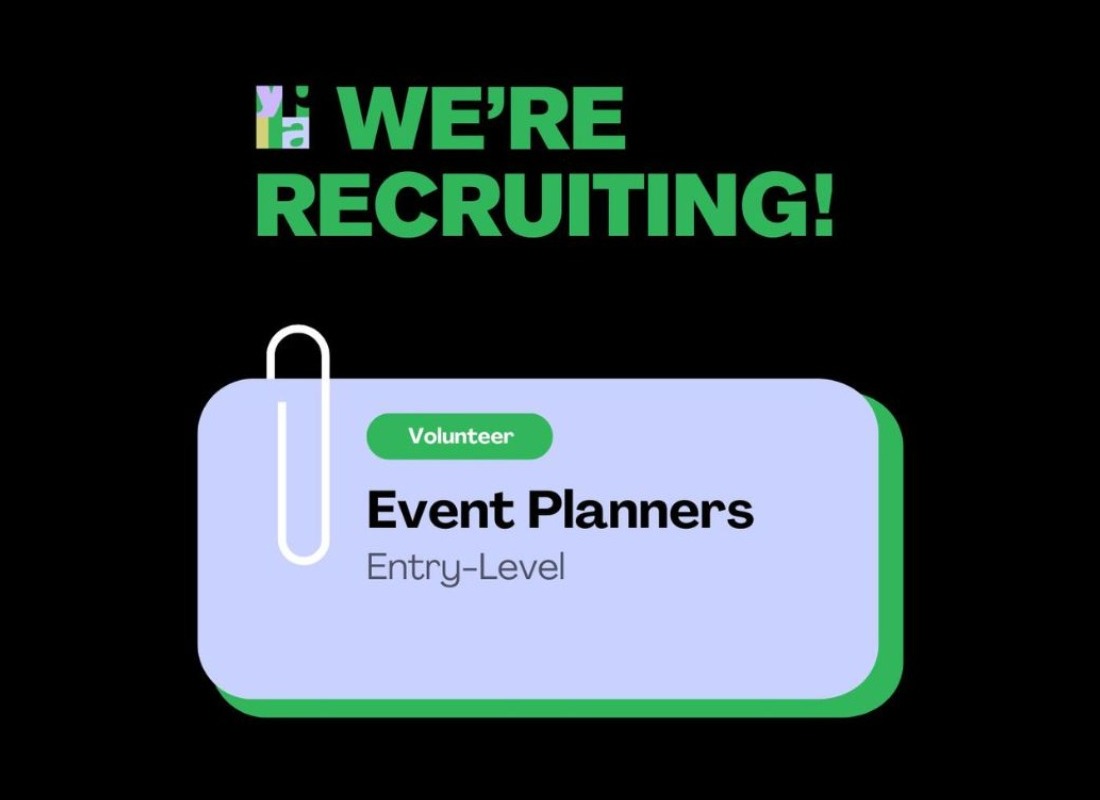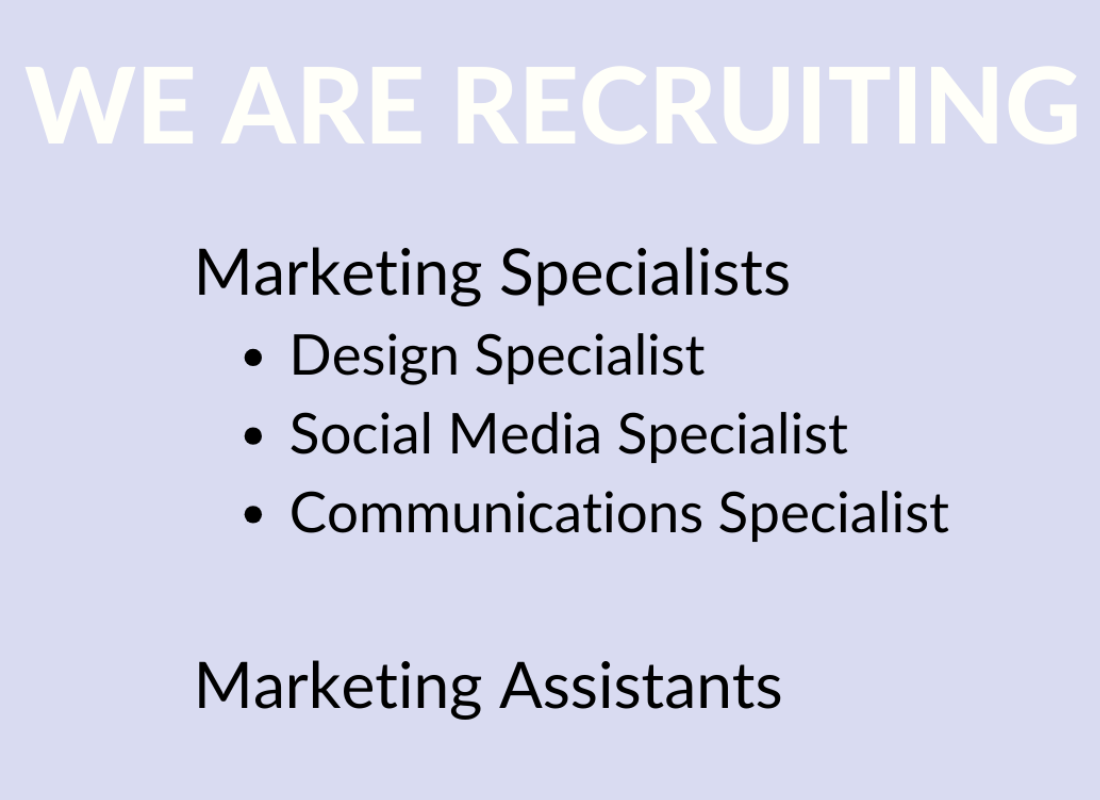.72b92a.jpg)
Young arts professionals have to be tenacious in order to get noticed over the competition. With the number of creative graduates growing year-on-year, the pool of talent is expanding. But unfortunately, the number of professional roles available within the arts has continued to stagnate or even dwindle, depending on where you live. However, the number of jobs should not dishearten young arts professional looking to make an impact in their industry. In fact, this should drive you to go further, to think critically, and creatively to carve a unique niche in the world.
Here are some of the reasons why young art professionals succeed in 2017.
They Think About The Greater Benefits Of Success
Individuals who see their work as having a wider social benefit have an extra internal drive for success. For these people, their journey has an end goal that enhances society, as well as meets their own goals in life.
For example, Nicolas Fayad’s graduating architecture project scooped the Boston Society of Architects’ James Templeton Kelley Prize. His project, “Brittleâ€, is a structure that responds and changes with the typographical layout of Chongqing, China. By thinking about the large-scale impact his creative contribution could have on the world, Fayad has successfully made it onto the Forbes 2017 30 Under 30 list for Art and Design.
It’s Not Talent Vs Hard Work: Young Arts Professionals Need Both
As the Malcolm Gladwell quote goes, “it takes 10,000 hours of practice to become a master of any discipline†(from his book Outliers). While this is certainly true, many of us will find that it takes an additional 10,000 hours of ‘proving yourself’ in order to get to where you want to be in your career.
Degrees and qualifications build technical skills and background knowledge, but vocational skills are essential for bringing all of your talents together. Training on the job in the form of internships and apprenticeships give young people a solid grounding in their chosen profession right from the get-go. They also have the added bonus of providing an outlet to develop your creative talent within your chosen discipline. It is essentially a ‘two-for-one’ deal towards completing your 10,000 practice hours.
They Know How To Navigate Job-Seeking
In looking for your first job in the arts, you will quickly realise that a killer CV or portfolio is not all you need to get hired. Competition is fierce across all industries, so young arts professionals need to think of ways to get creative with their job search.
Speculative applications can seem a bit daring, but they are a good option for industries and areas where the jobs may be scarce. Find organisations you want to work for online and spend a great deal of time researching their work. When you have a list of reasons why you would want to work for a certain organisation, start tailoring your CV to align with their core values.
From personal experience, writing a very detailed covering letter to the department you’d like to work for, is a great way to get on their radar. As well as your CV, a covering letter helps add context about why you want to work there, and is a place where you can share your passion for the role and the industry. Whether it’s a speculative letter, or part of a formal application process, make sure you put time and effort into writing your application letter.
Explain why you wish to work in that particular organisation. In explaining your reasons, you should list some things you admire about the company and how your skills are a good match for them. List a few specific examples of how you’ve proven your skills in the areas you have mentioned. These letters are best kept short, as you don’t want to take up too much of their time.
With a conventional job search, regardless of what arts industry you’re looking to get into, structuring your applications in this way will help you adapt your experiences to suit what the recruiters are looking for in their ideal candidate.
Networking In The Arts
In the art world, networking is crucial to success. The communities you become part of will influence not only the positions you take, but also the work you produce. Your relationships shape your projects on both a conscious and unconscious level. So if you’re just starting out, take note, you will need to develop an appreciation for networking and find your own style.
The knack to networking is to offer the people you meet something that may be useful to them. If you are going to an event, research who will be in attendance and think of some related topics you feel comfortable speaking about. Also, prepare some non-business, but still related discussion topics – things like stories in the news and reviews of new artists or products – so should the conversation stray from business, you have something else to talk about that may interest them.
Make sure you are listening, making eye contact and asking questions. Remember, you are not only trying to impress, you’re also hoping to come across as a friendly, cooperative person.
After the event, find and connect with those you met on social media and send them a short message:
- Say it was nice to meet them, and remind them of who you are and where you met
- Offer them a piece of useful information; this could be your portfolio website link, should they need your services in the future
- Comment on something that they said that stuck with you
- Thank them for their time and sign off
- In the future, follow them and contribute to their discussions online.
Keep in mind with all of your future conversations that you are there to help and build a cooperative relationship over time.
Digital Opportunities
As a generation of ‘digital natives,’ young arts professionals have a distinct advantage over their predecessors – the world wide web. It has never been easier to make money out of your creative talents online. Best of all, you can try multiple income-building methods at the same time.
- If you’re an illustrator, you can create your own online store in hours and start selling your own printed merchandise for a low, monthly cost
- Set up some advertising on social media and Google for a small daily budget, and make sure you’re specific with your targeting
- Monetise your skills by creating and selling lesson plans through sites like Skillshare
- If you’re a videographer or even an opinionated person with something interesting things to say, start a YouTube channel and monetise your voice
- Pick up administration and marketing work by becoming a virtual assistant
- Sign up to freelancing sites like
Freelancer.com, https://www.airtasker.com/
admin/ and Upwork and start sending out proposals to bring in some income
They Collaborate And Cross-Promote
As YPIA's recent Creative Cities talk discussed, culture can be a catalyst for reinvention in many different ways. Join forces with other creatives in your area and come up with a project that has wider social benefits, like 64 Million Artists. Their everyday creativity challenge ran throughout January this year and encouraged local groups to come together each day to get creative. As a young arts professional looking to make an impact, make an effort to become part of your local area’s culture and transform people’s lives as a result of your input.
A career in the arts hinges on your ability to carve out your own niche. Make an impact with everything you do by always keeping in mind that you are there to help people. Even if you have to give up your time and energy for free (or for a very low wage) in the beginning, it’s never been easier to improve your career on your own terms
 Victoria Greene writes her own blog at VictoriaEcommerce. She is a branding consultant and freelance writer who loves to share her career tips with young, creative professionals.
Victoria Greene writes her own blog at VictoriaEcommerce. She is a branding consultant and freelance writer who loves to share her career tips with young, creative professionals.




.0af71f.jpg)
.ec8cc4.png)